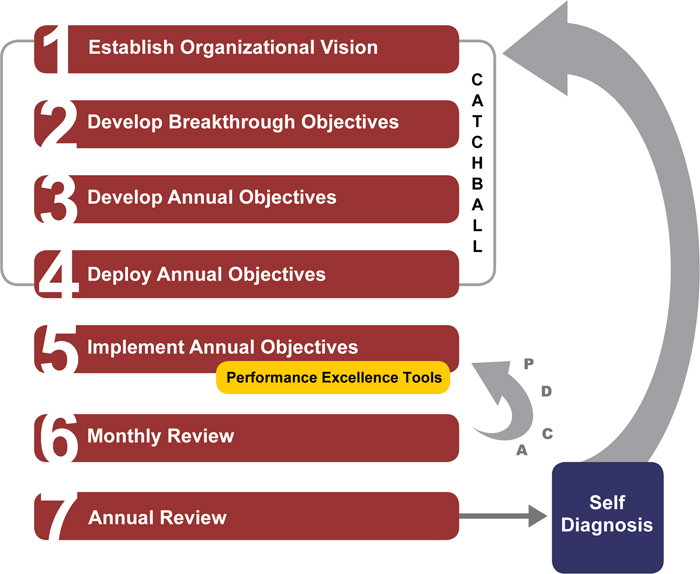Happy Sunday as I write…well not really as my Lions lost today :=( I am a football junkie!!

I was talking to a President of a hospital based hospice this past week as her operation is not growing and she had some other issues causing concern. I asked her to send me her Marketing and /or Strategic Plan. What she sent me was a list of 101 things she was working on. I kid you not. Here were a few questions I asked her:
- How did she know all the things on the list were the right things?
- Who was the lead person on each action? Some actions had more than one person.
- What were the measures she was using to determine success?
As we talked about the value of strategic planning, I asked her another question. I asked her if she had ever painted a room? She said she had painted many rooms. I asked her what the most difficult, hardest part of the task. She answered doing all the pre-work. I agreed having painted 100’s of rooms in my lifetime. So I asked her before she paints a picture for the direction of her organization, what type of pre-work did she do? There was a silence. She confessed that she had done very little pre-work.
We spent the next 30 minutes talking about how a specific method of strategic planning could be a valuable tool for her and her organization. The type of planning we discussed was Hoshin Kanri. Here is a little bit of the information I shared with her. The model below is a nice “snap-shot”

Hoshin ensures that everyone in the organization is working toward the same end. The plan is hierarchical, cascading down through the organization and to key business-process owners. Ownership of the supporting strategies is clearly identified with measures at the appropriate level or process owner within the organization.
The Hoshin methodology provides:
- Breakthrough objective focus.
- Development of plans that adequately support the objective.
- Review of progress of these plans.
- Changes to plans as required.
- Continuous improvement of key business processes.
- A vehicle for organizational learning.
By-the-way, Hoshine stands for this. Hoshine is composed of two Chinese characters, “ho” and “shin.” “Ho” meaning method or form, and “shin” meaning needle or compass. Taken together, the word “hoshine” means methodology for strategic direction setting. It is the guiding strategic process that aids an organization as they make their way through a foggy environment into a clear and shinning future.
Has anyone reading had any success with this method on planning? Maybe the Detroit Lions could benefit from a little Hoshine Planning!! :=)
The Best


Please note: I reserve the right to delete comments that are offensive or off-topic.